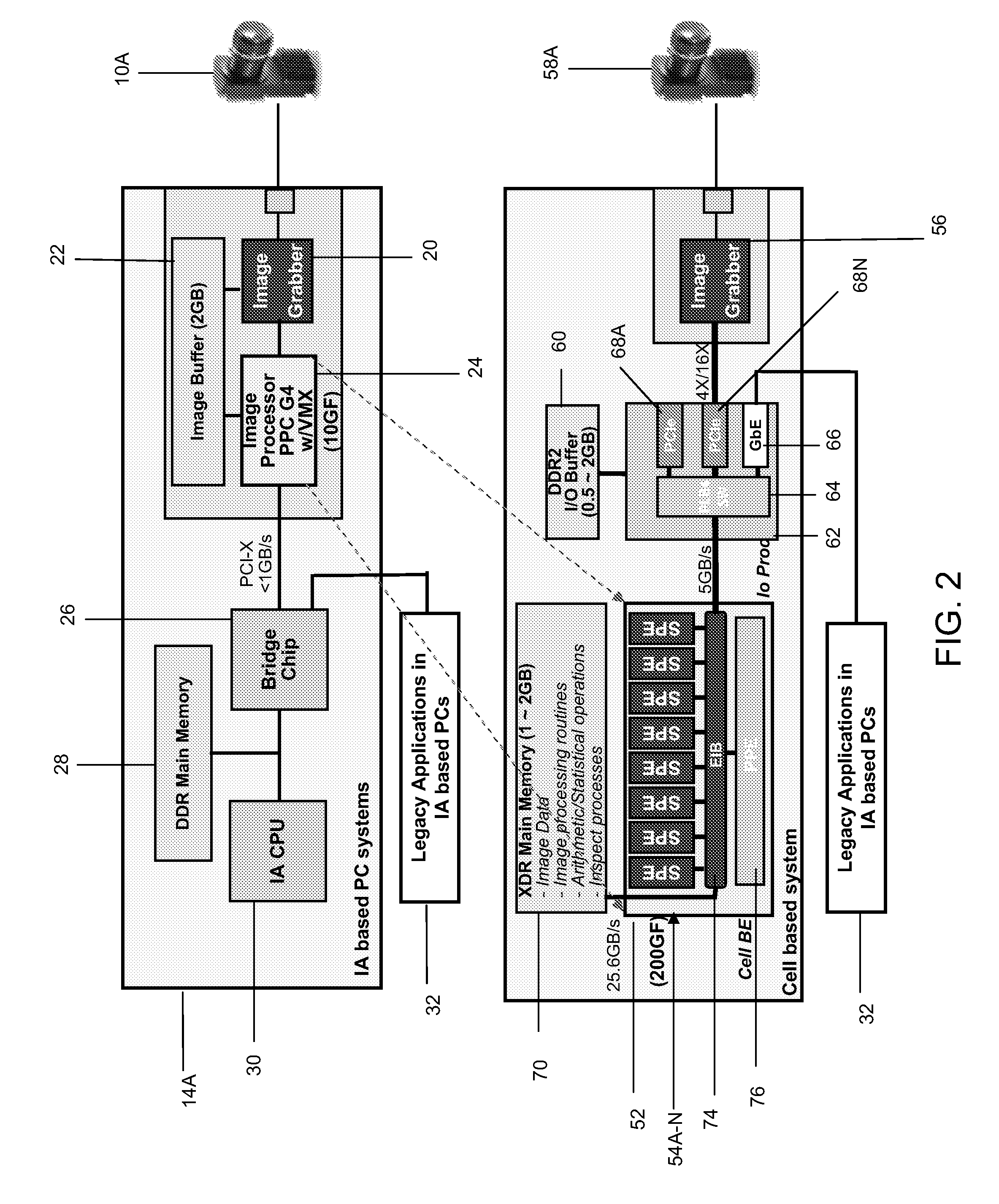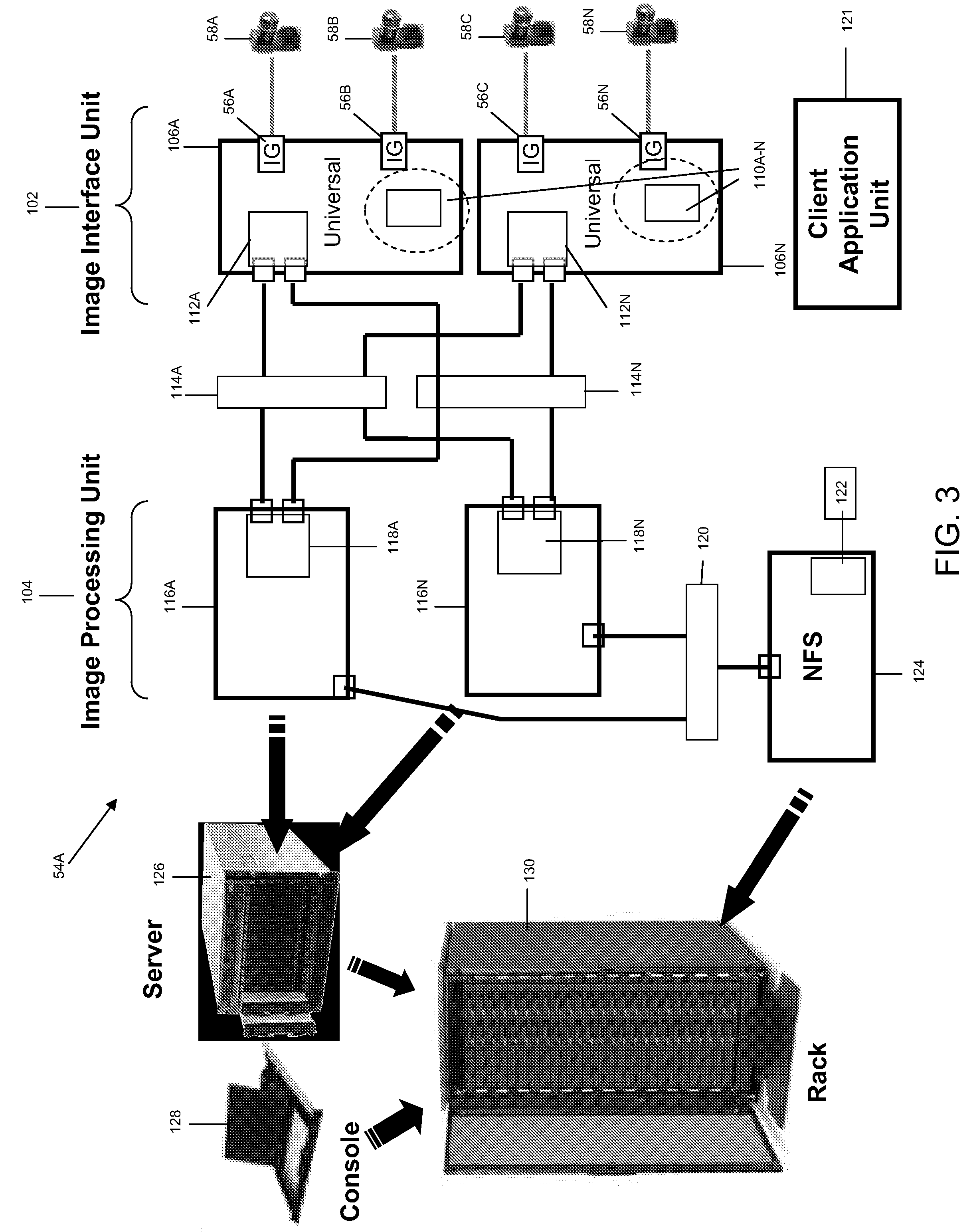Pre-processing optimization of an image processing system
a technology of image processing and optimization, applied in image enhancement, programme control, instruments, etc., can solve the problems of insufficient processing power of current image processing/inspection system, insufficient data rate and algorithm for much of the current generation system, and insufficient processing power of current inspection system(s) to meet the requirements of future manufacturing system, so as to reduce memory bandwidth, increase bandwidth, and selectively accelerate the execution of image processing applications
- Summary
- Abstract
- Description
- Claims
- Application Information
AI Technical Summary
Benefits of technology
Problems solved by technology
Method used
Image
Examples
Embodiment Construction
[0026]For clarity, the Detailed Description of the Invention has the following Sections:
[0027]I. General Description
[0028]II. Illustrative Embodiments
[0029]III. Computerized Implementation
I. General Description
[0030]As indicated above, this solution relates to machine vision computing environments, and more specifically relates to a system and method for selectively accelerating the execution of image processing applications using a high bandwidth (e.g., hybrid) computing system. We define a hybrid system as one that is multi-platform, and potentially distributed via a network or other connection. The present approach increases bandwidth by performing at least two functions at the pre-processing level. Specifically, under the present approach, program code is structured so that the segmentation and binarization functions / modules (and optionally a blob analysis function / module) are merged into a single module to reduce memory bandwidth. In addition, each image frame is segmented into...
PUM
 Login to View More
Login to View More Abstract
Description
Claims
Application Information
 Login to View More
Login to View More - R&D
- Intellectual Property
- Life Sciences
- Materials
- Tech Scout
- Unparalleled Data Quality
- Higher Quality Content
- 60% Fewer Hallucinations
Browse by: Latest US Patents, China's latest patents, Technical Efficacy Thesaurus, Application Domain, Technology Topic, Popular Technical Reports.
© 2025 PatSnap. All rights reserved.Legal|Privacy policy|Modern Slavery Act Transparency Statement|Sitemap|About US| Contact US: help@patsnap.com



